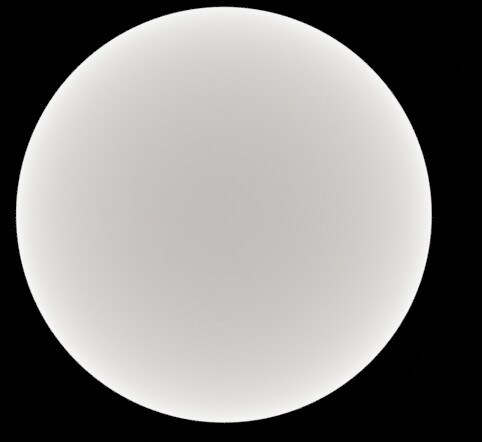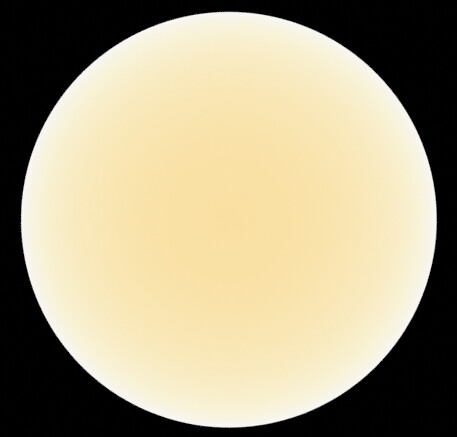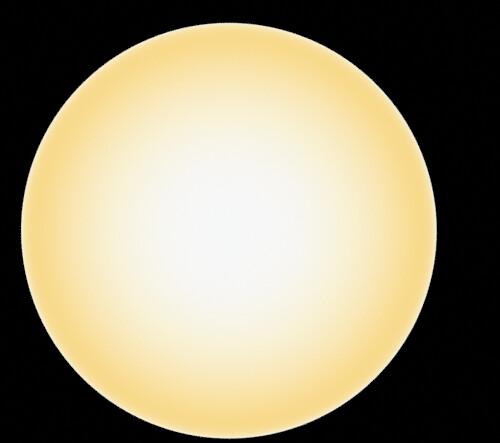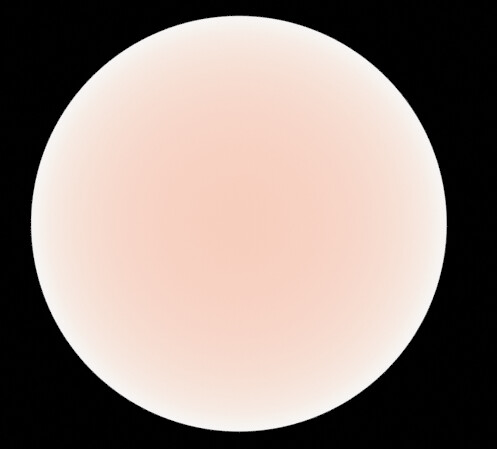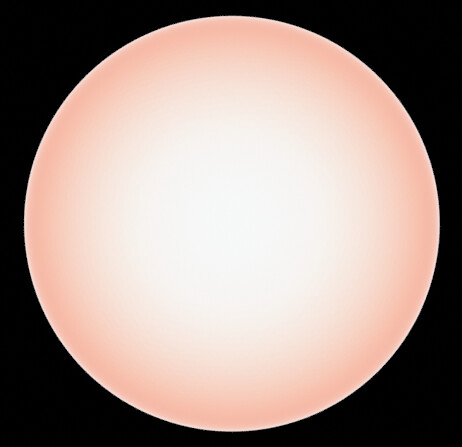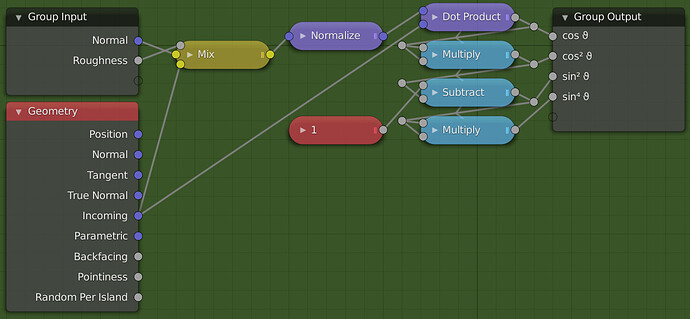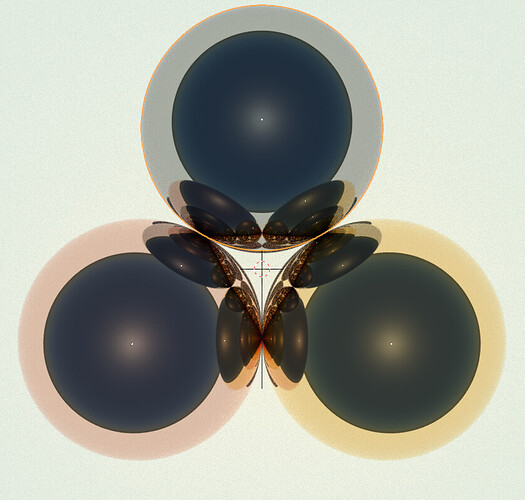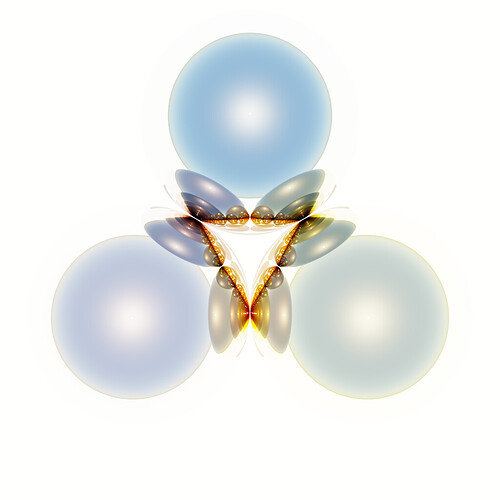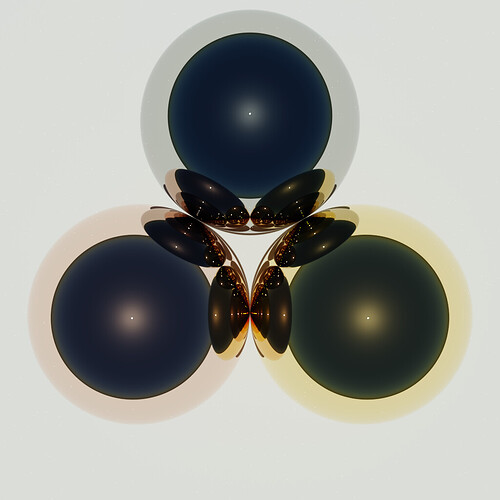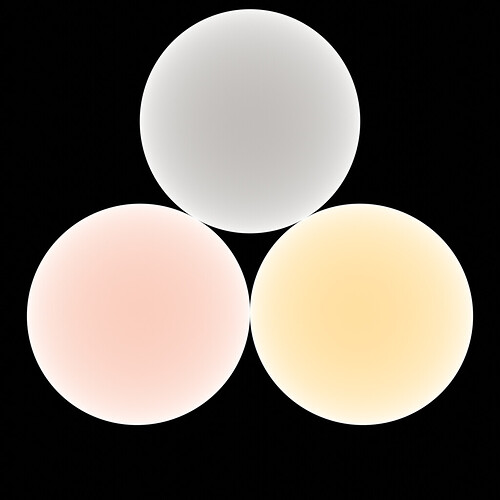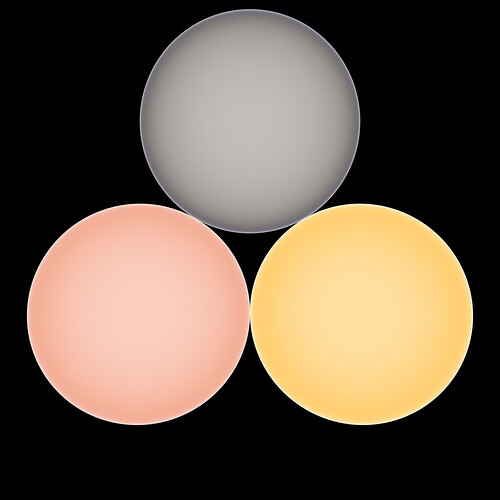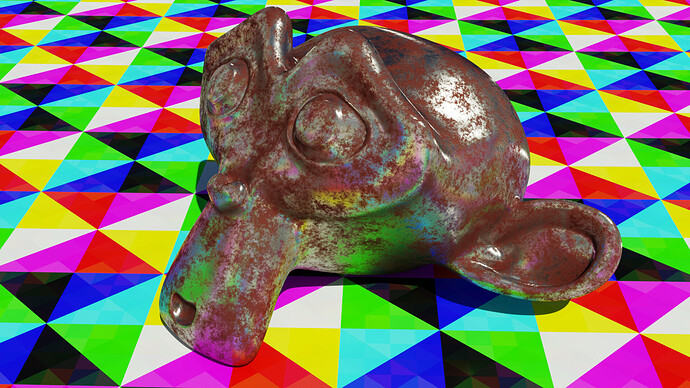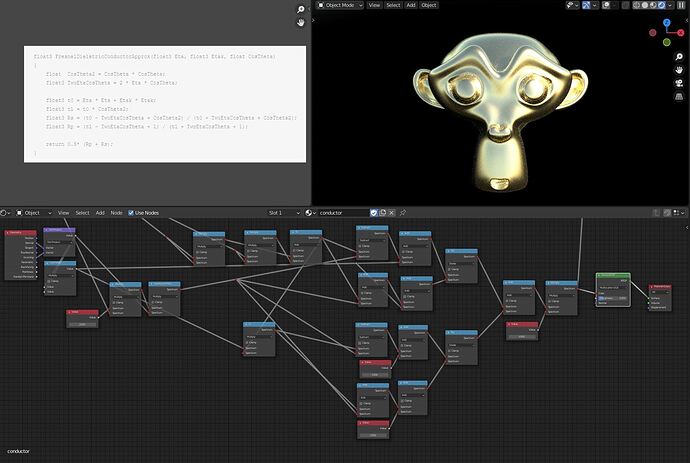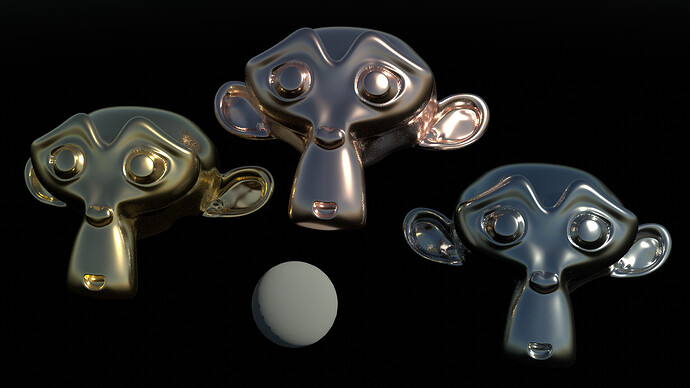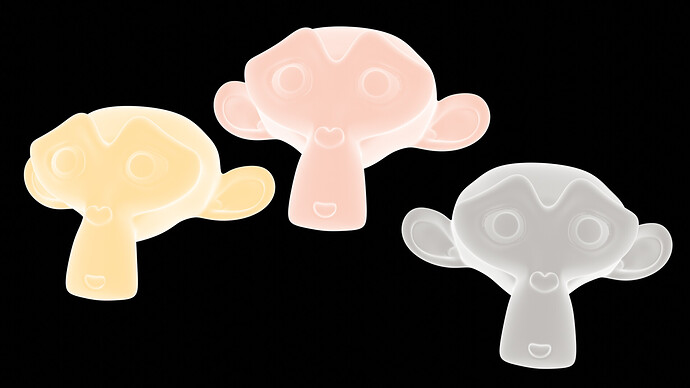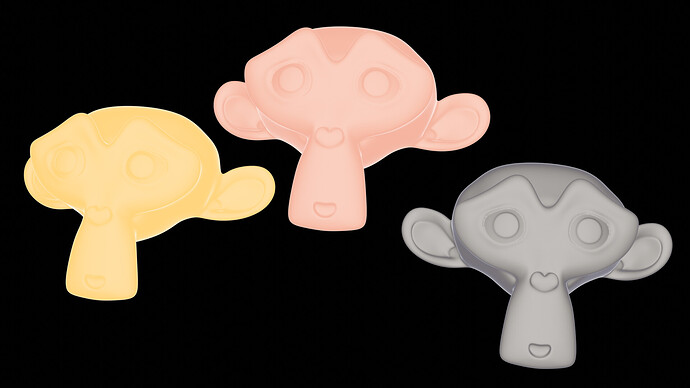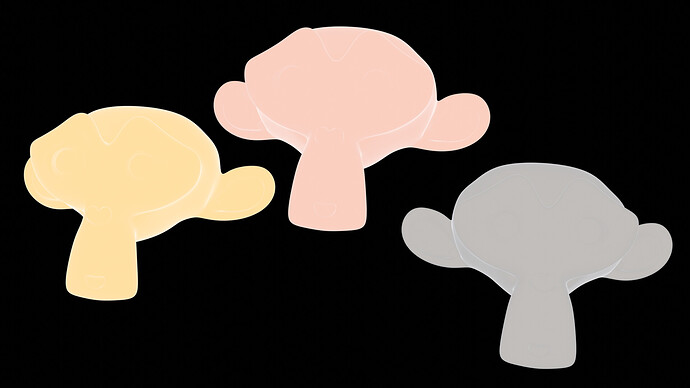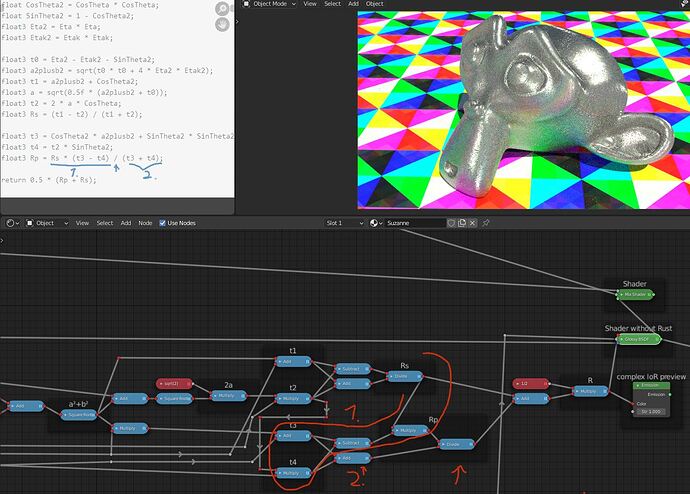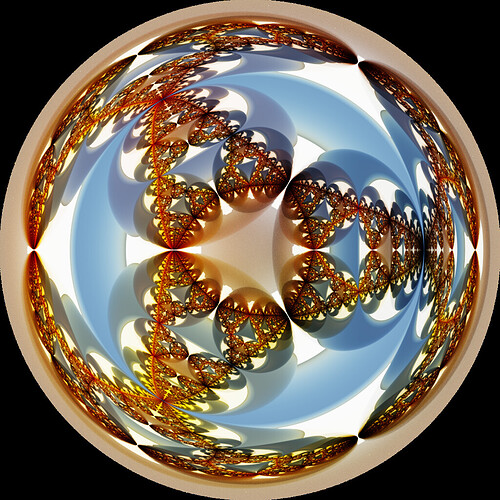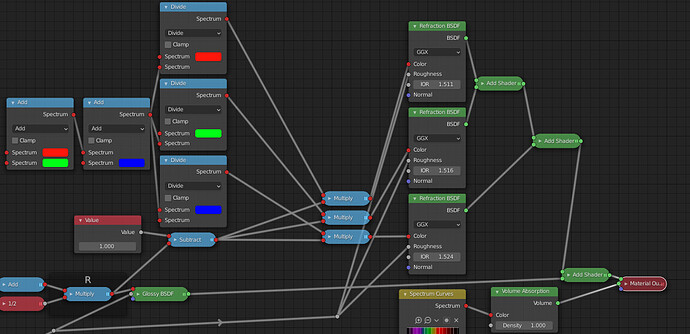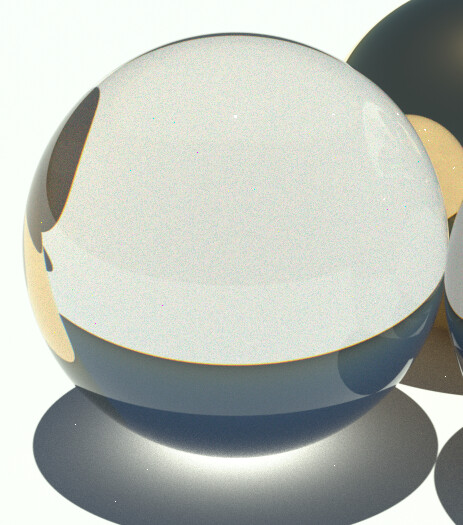Trying to kinda fake glass in a weird hybrid method that’s totally not accurate but it’s something.
My question, though, is whether my logic at least checks out.
I’m doing this right now:
So in words, I take the reflection spectrum, use that as color for my reflections,
then I take 1 - reflections as my transmission spectrum. The light that ends up going through the material.
I think I can essentially add them together as, together, they account for all light.
I then split the transmission spectrum into red, green, and blue components as I would do if I wanted to fake dispersion in regular Cycles. This is, of course, extremely silly if I already have spectral capabilities, and also because these colors are now represented by multiple wavelengths each, but as far as I can tell that’s the closest I can get to “proper” dispersion right now.
The whole add and divide of pure primary colors is just to make sure these spectra are actually summing to 1. I’m pretty sure that’s the case anyways so I probably could skip this, but since there’s some weirdness with the upsampling, I thought I’d make extra sure.
Slap different IORs at specific representative wavelengths (450 550 650 nm) on the three refractive shaders accordingly, add it all together. Done.
I think this isn’t messing with energy conservation at least. (Beyond that it’s clearly bogus, but I hope to at least accomplish that) - do you think that’s (in that sense) correct?
I probably could actually refine this by splitting the spectral wavelengths up into finer pieces, come to think of it. Anyway, the outcome for this looks something like this:
Not super exciting for this particular material / shape but there you have it haha
